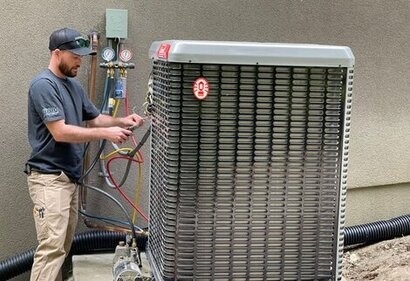
The total heat pump stock will be close to 60 million units (since some of the ‘new’ heat pumps will be replacing older ones) by the end of 2030. These will provide about half of Europe’s buildings with renewable heating. They will also provide renewable cooling.
The calculations are based on aggregated expert guidance from EHPA’s national member associations.
The number of Europeans benefitting from clean heat could even be higher, as heat pumps in district heating are seeing a steep increase in demand, but current statistics do not yet properly reflect their value. The increase in heat pumps by 2030 will also bring stability to Europe’s electric grid and contribute to cleaner air for all Europeans.
However, even bearing this in mind, the projections fall short of the 60 million additional heat pumps estimated to be required between 2023 and 2030 based on REPowerEU, and it is not enough to decarbonise heating and cooling by 2050, as the EU climate law requires.
This is because the sector faces barriers, for example the fact that the playing field is still tipped massively in favour of fossil fuels in terms of subsidies and taxation.
“Heat pump roll-out is happening, but to decarbonise heating and cooling governments create a more ambitious framework that makes clean heating most affordable for all” said Thomas Nowak, Secretary-General at the European Heat Pump Association (EHPA). “Distorted pricing that favours gas over electricity should be corrected to encourage more end users to switch to clean solutions and reward them with lower heating bills. The electricity price should be no more than double the price of gas.”
In terms of countries, by 2030 the European leader will be France with over 8 million additional heating and hot-water heat pumps installed, followed by Germany and Italy.
For additional information:

